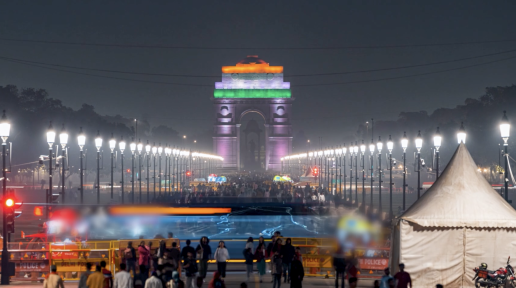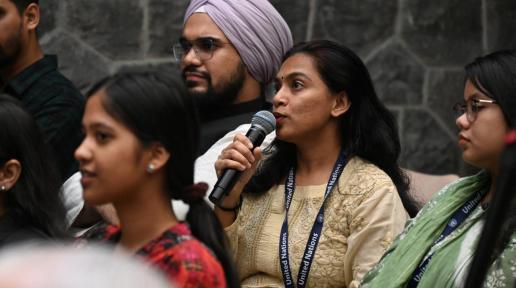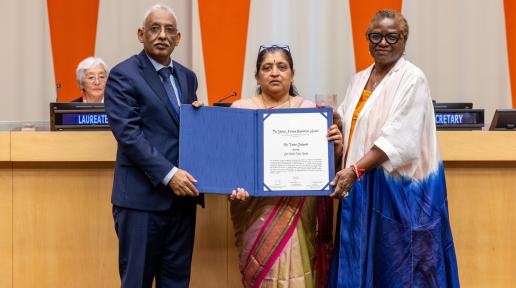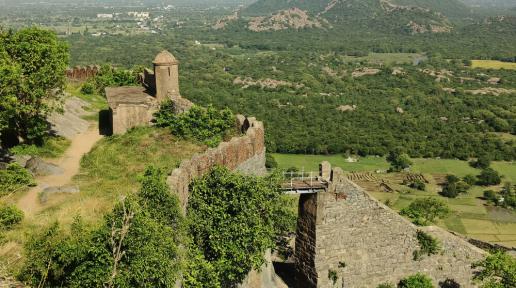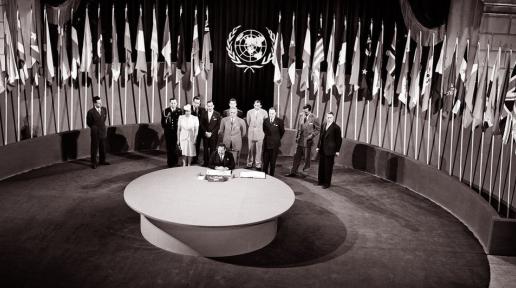Story
12 November 2025
‘Solidarity is a life jacket’
Conflicts are increasingly handled as they arise rather than through attention to the deeper conditions that drive them, said an Independent UN human rights expert.Peace, Cecilia M Bailliet warned, is being narrowed as global politics leans toward managing conflicts rather than addressing the conditions that give rise to them. Speaking at Jawaharlal Nehru University during UNESCO MGIEP’s twelfth Distinguished Lecture, the UN Independent Expert on human rights and international solidarity said this shift is shaping how peace is understood in a more multipolar world.Her lecture examined solidarity and the deeper forces behind conflict. She described positive peace as the work of securing equality and non discrimination and confronting the structural violence that pushes people to the margins. International solidarity she noted supports this by promoting policies that free vulnerable groups from exclusion and oppression.She also underlined the place of the right to peace in international law and in education, saying it supports every other right and should guide how young people learn about global affairs. Rising militarisation was another of her concerns and she urged greater participation of women in peace efforts from negotiations and treaty processes to national dialogue. Their leadership she said has been steady and effective in many settings.In her interview with the UN, Ms. Bailliet described solidarity as an action that helps people enjoy their rights in everyday life. It can mean ensuring access to housing health care or digital services and taking responsibility instead of waiting for others to act. She noted that the pandemic weakened human connection and said communities now need to rebuild those ties. Women and young people she added are giving this work fresh force through approaches shaped by care and responsibility.Solidarity she said is a life jacket. “Not ornamental. Not optional. The thing you put on before the boat hits rough water.”Watch the full interview below: Cecilia M. Bailliet was appointed by the Human Rights Council as Independent Expert on human rights and international solidarity in October 2023.





